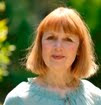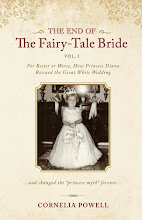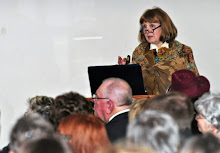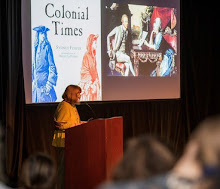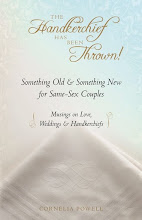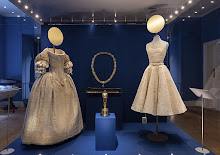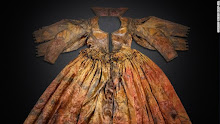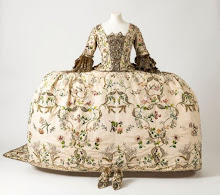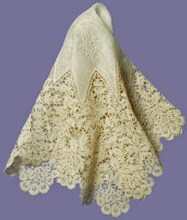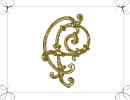Continuing our celebration of Princess Diana's contribution to weddings and all the feminine mythology the costumes of that storied ceremony entails! During this memorial summer of the 20th anniversary of her death, I'm sharing excerpts from my book, The End of the Fairy-Tale Bride: For Better or Worse, How Princess Diana Rescued the Great White Wedding.
{excerpt from}
Chapter Three: "A Whiter Shade of Pale"
By the time Diana’s wedding came along, the notion of
“virgin white” had not been completely swept away with the sexual revolution.
There was still an underpinning of deeply embedded beliefs about the “rules” of
wearing subtle shades of white—ivory, cream, beige—inferring one’s virginal
status. “Symbolism of color in the bride’s wedding dress seems almost
universal,” wrote historian Donald Clay Johnson in 2003. “In Europe and North
America, white, symbolizing ‘purity,’ remains the preferred color, a reflection
of the pervasive power of English Victorian society to impose its value system
throughout many parts of the world.”
Women’s studies scholar Colleen Denney pointed out the
sexual ambiguity of Diana’s gown, following in the “fairy-princess ideal” of
nineteenth-century royal brides. Denney considered the über-feminine, fluffy,
virginal-like gowns of both Princess Alexandra and Princess Diana—two
Princesses of Wales marrying almost 120 years apart—representative of “their
newly confined circumstances.” The crinoline-style gowns portrayed the
“insistence on the continuity of history and tradition, an ever-present
cultural memory, and the demands of royal protocol.”
Nonetheless, ruffley-romance was the new again, Vogue-approved fashion of the early
1980s—whether a “throwback” or not. And for these times, the look was fresh,
light and feminine—and what Diana
Spencer truly wanted to wear. It seems her lack of worldliness and attraction
to fairy-tale romance actually worked for
her when selecting the designers and her gown. Diana made her choices before
she was so wrapped up in an emotional struggle to please everyone—the palace,
the public, the media. She was guided by her own intuition as well as the two
designers’ vision where silhouette, color, accessories, length of train, and
veil style were created to compliment the woman, the setting, perhaps its
symbolic place in history, but, definitely, the heart’s desire of the bride.
Since we know now that Diana’s life had a broader arc, was
her queenly, Victoria-inspired, femme-femme bridal silhouette a key ingredient
in a powerful “modern mythology” being created? Was it all part of some Divine
Feminine plan to help usher in a new spirit stirring the cosmos as we
approached the end of an old, tired patriarchal millennium?
It may always remain a heavenly secret, but this query
beckons. What, indeed, becomes a bridal legend most? An iconic white gown that
truly captures her essential self, yet stands out in some fashionably-designed,
breathtaking way; where the woman is the star, the gown only her complement,
and we are left with a feeling that a goddess just entered the room. ~
[Excerpts from The End of the Fairy-Tale Bride: For Better or Worse, How Princess Diana Rescued the Great White Wedding, pages 42, 44 and 51.]











